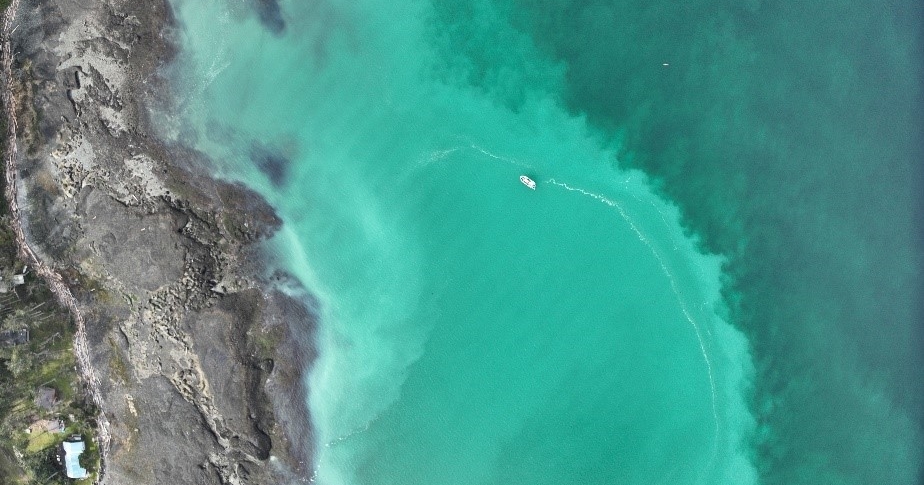Herring Spawn Habitat: Gap Analysis, Characterization and Assessment of Anthropogenic Stressors
Spawn duration and distribution have decreased since the 1980s in the Strait of Georgia, with peak spawning now occurring around early March. Spatial spawn distribution has also shifted to be concentrated in the northwestern regions of the Strait of Georgia, whilst southern spawn sites have been abandoned for reasons unknown.
This activity focuses on spawn habitat, to understand why spawn distribution has changed and what characterizes good or healthy spawning habitat. There are two projects within this activity and they are being carried out by two UVic Master’s students.

From Maycira Costa’s lab, Loïc Dallaire is using satellite imagery to detect spawning events that may be missed by the existing DFO overflight surveys. This will address the concerns of First Nations that existing programs built around documenting spawn in core fishing areas may miss spawns within their territories. To ground-truth the findings from the satellite imagery Loïc will do drone and on the ground surveys during spawn events.
In Amanda Bates’ lab, Jake Dingwall is investigating potential drivers of spawning habitat loss. By understanding this, we can better conserve those habitats, and potentially rehabilitate abandoned habitats that were once productive. Jake is deploying loggers and undertaking habitat surveys with an underwater ROV.

